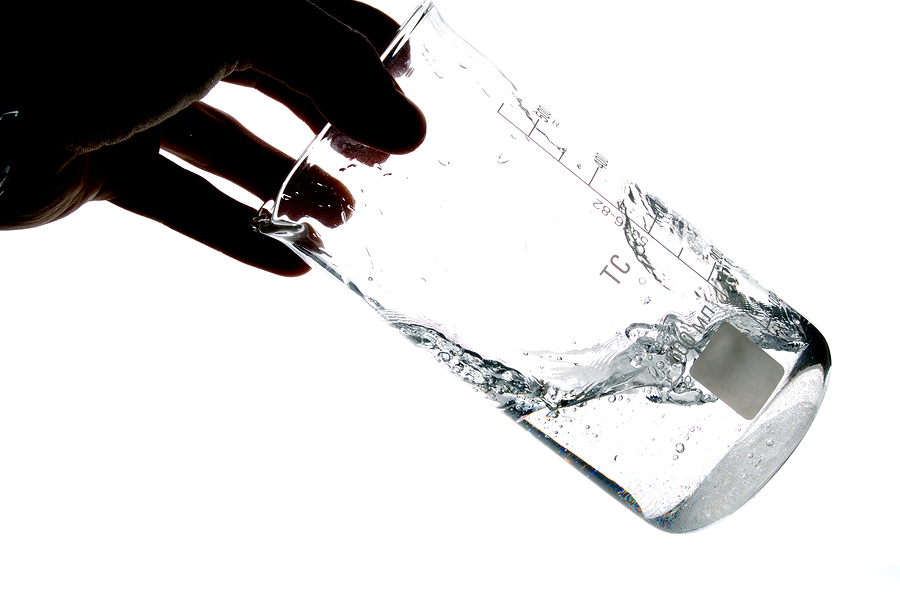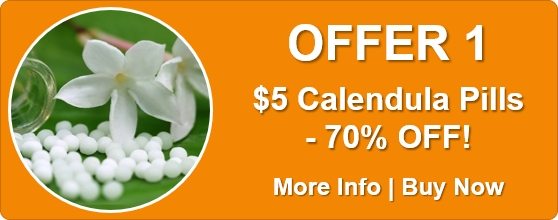Tutorial 3 – Potentisation
Presently, homeopathic medicines are safe for everyone due to their highly diluted, sub-molecular nature, which eliminates the chemical side effects associated with other medicines. However, this was not always the case. Homeopathic remedies were initially prescribed in crude chemical doses, much like other medicines, and were susceptible to causing side effects. The discovery of potentisation changed this.
Potentisation Discovered
For years, Hahnemann, the founder of homeopathy, utilized crude substances to harness the healing effects of the Law of Similars. While his homeopathic methods were more effective than other treatments of that era, his new system still encountered the issue of side effects. For instance, mercury treatments for syphilis were effective but also posed the risk of poisoning patients.
Hahnemann demonstrated that mercury was effective due to the Law of Similars (“like treats like”) as it produced syphilis-like symptoms in healthy individuals. To avoid exposing his patients to the toxic effects of mercury and other substances, Hahnemann began diluting his remedies. Although this eliminated the toxic side effects, the healing benefits were lost as well.
Various stories speculate how Hahnemann discovered potentisation, from diluted remedies bouncing in carriages to Hahnemann pounding a remedy in frustration on his Bible. Regardless of the actual origin, Hahnemann found that a remedy prepared through a series of dilutions combined with vigorous agitations resulted in a potent, safe medicine. Thus, potentisation was born.
The Potentisation Process
Potentisation involves the repeated dilution and vigorous shaking (succussion) of a substance to eliminate its toxic effects and amplify its healing properties. If a substance is insoluble (e.g., a metal), it is ground (triturated) with lactose in the early stages until it becomes soluble.
Hahnemann discovered that dilution without succussion would not create an effective medicine; both steps are essential. Dilution reduces the substance’s toxicity, while succussion releases its dormant energy into the liquid carrier, providing the remedy’s healing effect.
Creating a homeopathic remedy involves dissolving a substance in a liquid, succussing it, diluting it further, succussing again, and continuing the process. Remarkably, even after tens of thousands of repetitions, a highly active and curative remedy is produced.
How Does Potentisation Work?
Potentisation has been poorly researched due to the lack of scientific tools capable of detecting what happens at an energetic level. What is understood through is that potentisation imprints energetic information from the original substance onto the diluting liquid during succussion. This liquid is then prescribed according to the Law of Similars, either as drops or medicated pilules. The energetic information triggers a self-healing reaction within the body, restoring the patient’s health.
While scientists have demonstrated the effects of potentised substances on various living organisms, including frogs, plants, and humans, physicists continue to investigate the underlying mechanisms. In the meantime, homeopaths will keep using this phenomenon to safely and effectively alleviate suffering, as they have for over 200 years.
Tutorials
- Homeopathy: an Introduction
- Tutorial 1 – The Law of Similars
- Tutorial 2 – Law of Similars Discovered
- Tutorial 3 – Potentisation
- Tutorial 4 – Three Scales of Potency
- Tutorial 5 – Benefits of Potentisation
- Tutorial 6 – Provings
- Tutorial 7 – The Vital Force
- Tutorial 8 – Potentised Remedies and the Vital Force
- Tutorial 9 – Palliation, Supression or Cure?
- Tutorial 10 – Direction of Cure
- Tutorial 11 – Return of Old Symptoms
- Tutorial 12 – Homeopathy and Other Medicinal Therapies
- Tutorial 13 – Finding a Good Homeopath
- Tutorial 14 – That First Appointment
- Tutorial 15 – What to Expect (Part A)
- Tutorial 16 – What to Expect (Part B)








